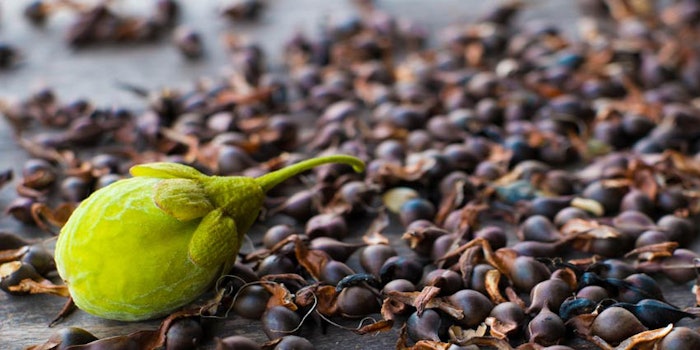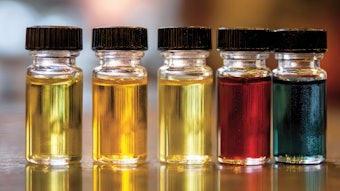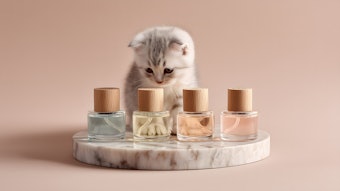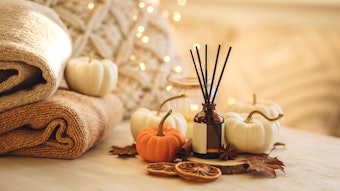
Greetings from Dubai as we embark on the 2016 International Federation of Essential Oils and Aroma Trades (IFEAT) conference at the Madinat Jumeirah Dubai resort. This year's topic explores challenges at the historical crossroad of the flavor and fragrance trade in the Middle East. As you walk outside, you are met with a blanket of woolly heat and humidity. It sounds oppressive, but if you take a moment to smell the air, you realize that it’s the perfect temperature to smell the aromas of ylang ylang, jasmine and salt water dancing through the air.
Dubai, along with the rest of the United Arab Emirates (UAE) attributes to the Middle East and Africa’s (MEA) booming fragrance market. According to a report from the Gulf News, the MEA is expected to reach $25.4 billion with a growth of 6.5% over the next five years, making the MEA the fastest growing region in beauty and personal care products. Compare that to a global fragrance market forecast of $45.6 billion by 2018, reported by Mintel.
Protecting oud
Perfume oil shops rival even the most prestigious fashion designers and jewelry boutiques. Fragrance is embedded into Middle Eastern culture and used all day, everday: from incense in clothing to layering perfume oils as a fine fragrance. One can’t help but smell the rich history of the Middle East from its native ingredient: oud. Gilbert Ghostine, CEO, Firmenich, called it a “magical ingredient deeply rooted in the culture of the Middle East.”
In his presentation, Ghostine addressed the company’s initiatives in working closely with farmers and producers through its Naturals Together campaign, which supports traceability and sustainability in the supply chain. By implementing these initiatives, it’s a reminder for the industry to protect the Earth’s supply as well the farmers who harvest them. Dubbed as “liquid gold,” oud is a challenge to the supply chain in terms of providing sustainable, traceable and pure oil to the market.
"Gold is just dust when it is in the ground, and oud, in its country of origin, is just another kind of firewood." - Muhammad Ibn Idris al-Shafi’i
A labor and time-intensive plant, the aquilaria tree from which oud is derived, is essentially destined to die from illness. As the tree grows, it becomes infected with a fungus, causing the tree to emit a fragrant resin coveted by the global fragrance industry. Similar to sandalwood, the oud market is highly volatile and subject to poaching and adulteration.
Capturing the imagination
Of course, you read about such an exotic ingredient and wonder, how can I smell the real deal? In Michael Edwards’ book, Fragrances of the World, 75 new oud fragrances were added to the list of fine fragrances leaving us with a total of 875 this year. Ranging from smoky, tobacco, vanilla and woody, the prized ingredient is lauded for bringing a perfume to life.
John Bailey, The Perfumers Guild Limited, explained that oud is a major growth area in the industry due to its prevalence in products, as well as its addition to Edwards’ infamous Fragrance Wheel. “No other natural has captured the imagination as oud,” said Bailey.
Though exoticized in the West, oud is a part of the Middle East’s essence. A typical Middle Eastern fragrance consumer will use oud as a base oil before layering with another perfume—probably an international brand—to create an even more complex fragrance. Of course, there is research to provide insight on oud’s ability to blend seamlessly with a variety of complex notes, but beyond science, oud offers something more than what meets the nose: magic.










